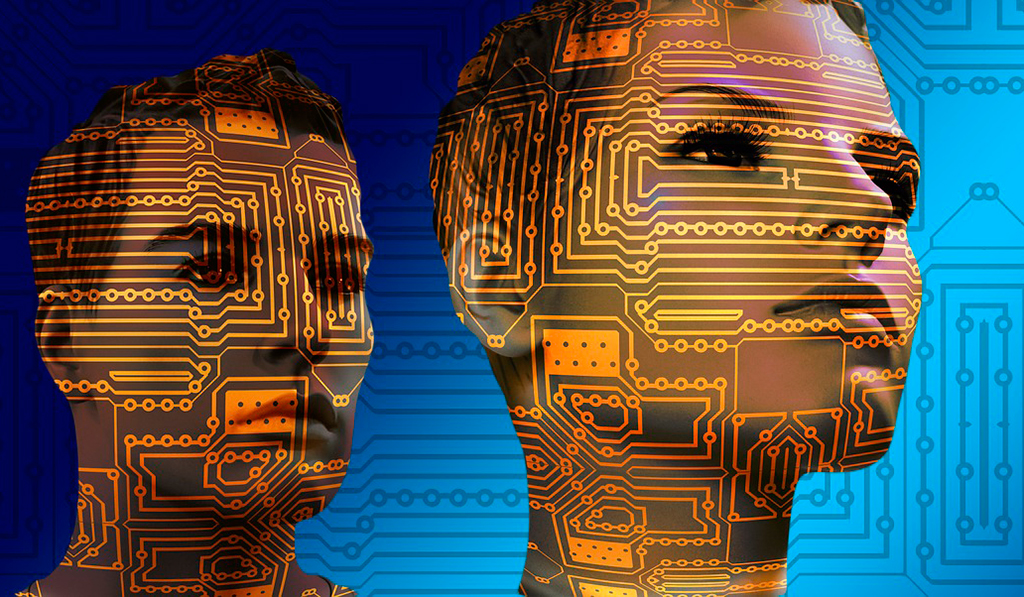Computer vision will improve e-learning and patient care
It is a sector that is undergoing a complete expansion: in Europe, it has grown by 5% and has a turnover of 70 million euros a year in Catalonia
The applications of automatic emotion recognition are promising in a number of fields. Researchers at the UOC are working on various projects that seek to improve e-learning processes and that have an application in healthcare, such as autism.
It is a sector that is undergoing a complete expansion and that has grown by 5% in Europe in the last year. In the case of Catalonia, it is seen as a strategic technology. A June 2017 report by the Ministry of the Presidency of the Government of Catalonia states that “in Catalonia, there is a strong and pioneering ecosystem in artificial intelligence applied to vision and that computer vision has become one of the strategic technologies”. In this study, a mapping and characterization of the sector throughout Catalonia has been done and has found that there are more than 67 companies working on this technology and €70M aggregated turnover in 2016 alone.
The research is being led by universities – such as MIT, Columbia University and Imperial College – and companies that also invest in the technology race, such as Google, Amazon, Facebook and IBM.
Emotion recognition
UOC researcher Àgata Lapedriza won this year's UOC Research Showcase with a project on automatic emotion recognition based on pictures of people. Lapedriza, from the SUNAI research group of the IN3, is a specialist in the field of recognition of scenes and, specifically, emotions: “What we do is create the artificial intelligence associated with the process of understanding what is seen. In this field, I focus on creating artificial vision systems that can understand how people feel, how they behave and why”.
She is currently working on a project on what is known as “context modelling”, ie everything surrounding a person. “Emotional perception is strongly influenced by context. For example, someone crying at a wedding is not the same as someone crying at a funeral. Presently, a machine would not be able to understand the difference. The project I am working on tries to model the context in which the person is immersed in order to understand how their surroundings or the space where they are affects their emotions”, the researcher explains.
In the field of health, the principal researcher of the SUNAI group, David Masip, is working on the initial phase of a project also to do with facial expression recognition intended to be used in therapy for people with autism. “It is a deep learning project where we are looking to analyse all the facial expression components of autism and determine how we can help in the diagnosis or therapeutic care of those affected.
It is a year-long project and we are working in cooperation with the religious hospital in Caldes de Malavella, which works with young people with autism and intellectual disability. We will be trying to monitor the patients that we know do not express or recognize emotions. The aim is to develop facial recognition algorithms and build emotion prototypes to define a theoretical database that will help us recognize patterns”, outlines the researcher.
Another relevant application of emotion recognition is in e-learning. Lapedriza notes that it could be a very useful tool for meeting the specific needs of students: “In distance teaching environments, where the student is alone in front of the computer, it is very useful for the computer to be able to detect when the student is frustrated, understand why and offer personalized help in an empathetic way”.
Experts UOC
Press contact
-
Editorial department
